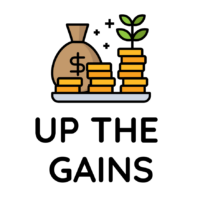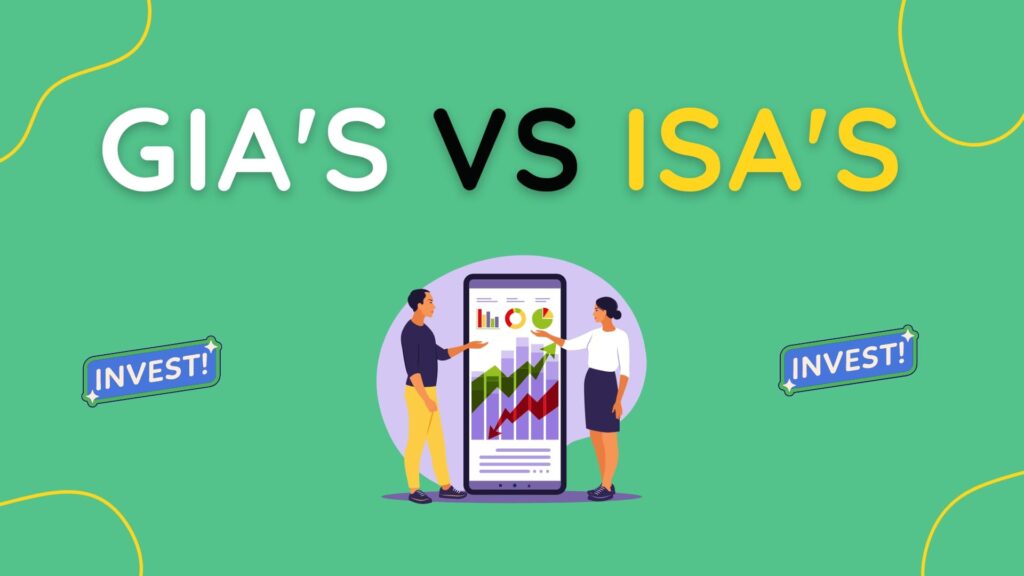
Sammie Ellard-King
I’m Sammie, a money expert and business owner passionate about helping you take control of your wallet. My mission with Up the Gains is to create a safe space to help improve your finances, cut your costs and make you feel good while doing it.
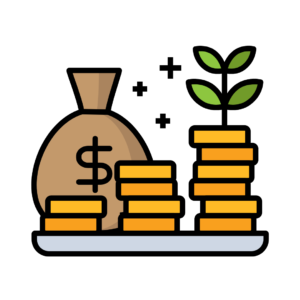
Quickfire Roundup:
Simply put, both acount types are similar because they allow you to invest, but a GIA is liable for tax and an ISA is not.
A GIA does, however, has its uses, and if you invest over £20,000 a year, which is the current ISA allowance, it is an excellent addition to your investment portfolio.
When deciding what kind of account you will invest in, the question of General investment account vs Stocks and Shares ISA always arises.
You could be investing in one of these accounts for some time and checking whether you’ve got the right one.
If that sounds like you, then you’ve come to the right place.
In this article, we will look into both styles of accounts, what they do, their best use cases and most importantly, which one if suitable for you.
For this article, if we refer to General Investment Accounts as GIAs, this is what we mean and if we just say ISAs then we’re referring to a Stocks and Shares ISA.
Table of Contents
GIAs vs ISAs - What's the difference?
Put simply, GIAs should be viewed as complementary to an ISA and used only if you max out your ISA allowance.
The difference comes mainly down to how you are taxed. GIAs are liable for tax over a certain threshold which we’ll discuss in a moment, and Stocks & Shares ISAs have £20,000 a year tax-free contributions.
Regarding returns, the average investment account in the UK has been 9.67%, and this is for both GIAs and Stocks and Shares ISAs. If you invested £10,000, you could get an estimated £967 per year back.
What is a GIA?
A General Investment Account or GIA is an account which provides access to purchase assets such as shares, funds, trusts, bonds and property funds.
These accounts are highly flexible, and most investment providers will have this option available.
At this current stage there are very little benefits other than the ability to purchase assets. Everything you make from gains, interest or dividend payments is liable for tax.
There are, however, certain thresholds you will need to meet for each type of tax, so let’s cover them quickly.
Capital Gains Tax
Each person gets £12,300 in capital gains tax allowance each year. This is on your profits from investments, so if you’re planning on holding your assets for many years, they are not subject to tax until you sell them.
The tax year runs from April 6th to April 5th, and you will be expected to declare your profits to HMRC for the tax year, usually done by a self-assessment or by your accountant.
Capital gains tax is charged at 10% for basic rate taxpayers and 20% for higher or additional rate taxpayers.
If your capital gain takes you over the basic to higher, you will pay some capital gains tax at both levels.
Income Tax
You may also be liable for income tax on the interest you earn (this isn’t buying and selling).
Income tax is the same as your normal paycheques, whereby you fall into different bands known as basic, higher or additional.
The bands in England are as follows:
- Personal Allowance – £12,750
- Basic Rate 20% – £12,571-£50,270
- Higher Rate 40 – £50,271-£150,000
- Additional Rate 45% – £150,001 and over
Dividend Tax
Dividends in investing are when a company pays out profits to its shareholders. They are usually a low percentage, and different companies pay them at certain times of the year.
Usually, these are paid quarterly, but some pay monthly and others yearly. Each person can receive up to £2000 per year in dividends tax-free.
Dividend tax is then subject to the income ratios mentioned above. It then follows it’s own thresholds which are as follows:
- Basic Rate Taxpayer at 20% – 8.75% dividend tax
- Higher Rate Taxpayer at40% – 33.75% dividend tax
- Additional Rate Taxpayer at 45% – 39.35 dividend tax
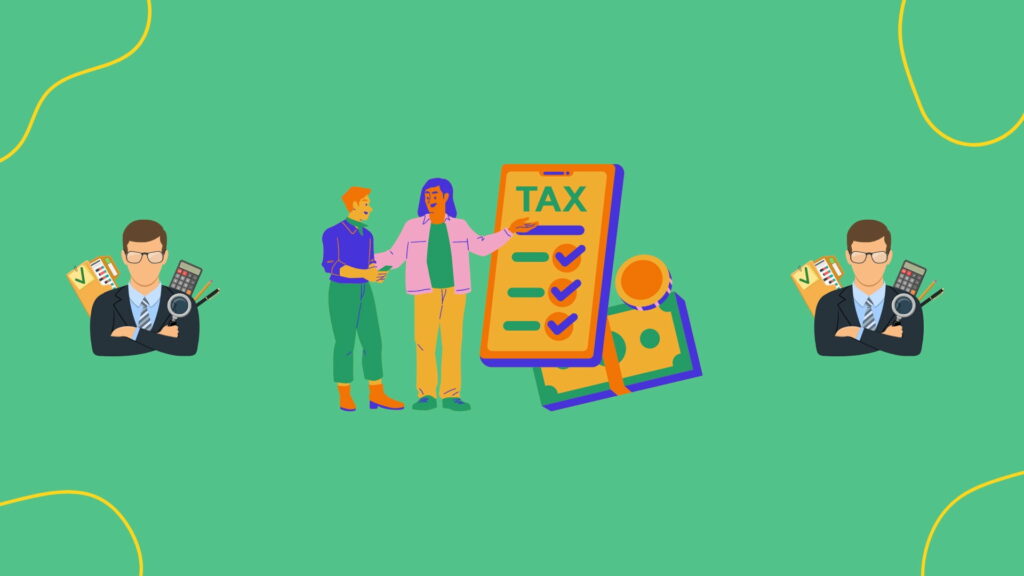
GIA Pros & Cons
Pros GIA:
- You can have multiple accounts
- You can make quick withdrawals
- You have a capital gains allowance of £12,300
- Flexibility in investment choices
- Safety – The FCA regulates accounts
- Accounts can be held in joint names or via a family trust
Cons GIA:
- You’re subject to capital gains tax over the threshold
- Income tax may be due on interest payments
- Accounts are liable for inheritance tax if passed on
What is a Stocks and Shares ISA?
A Stocks and Shares ISA is part of the government’s individual savings accounts scheme that came into place in 1999.
These accounts allow you to purchase assets from the stock market in the form of shares.
Now, if you still need to get a Stocks and Shares ISA, you should open one today. It’s simple, and they are your exit vehicle for tax-free income and wealth.
Anyone can set one up, and often with the support of fantastic organisations that charge very little to help you invest in the right businesses.
There are self-invested Stocks and Shares ISAs where you have more choice over your investments but if you’re starting out, let a professional do it for you. More on this in a little while.
The beauty of the Stocks and Shares ISA is the gift of time. As your money grows and you re-invest, it begins to spiral like a snowball gathering snow as it rolls down a hill, getting bigger and bigger.
This is called compound interest, and it is your best friend.
How does a Stocks and Shares ISA work?
These ISAs give you access to the stock market, where you can purchase assets such as shares, bonds, ETFs, and real-estate trusts.
You then own these assets and essentially have small portions of companies from all around the world.
Each individual has an ISA allowance of £20,000 per annum which runs from April 6th to April 5th. Your yearly contribution plus anything from previous years are not subject to capital gains tax or income tax on realised profits.
Pros & Cons
Pros for a Stocks and Shares ISA
- Tax-free contributions of up to £20,000 a year
- Unlimited returns
- You can withdraw your money
- Diversifies your investments and savings
- Safety – Accounts are regulated and protected by the FCSC up to the value of £85,000
- A spouse can inherit the money without it affecting their own ISA allowance
Cons for a Stocks and Shares ISA
- You can get back less than you put in
- Volatility in the stock market means returns vary
- No tax-relief contributions – meaning you can’t pay money in that hasn’t been subject to tax
- Charges and fees to hold investments (variable)
How do I know which Stocks and Shares ISA to choose?
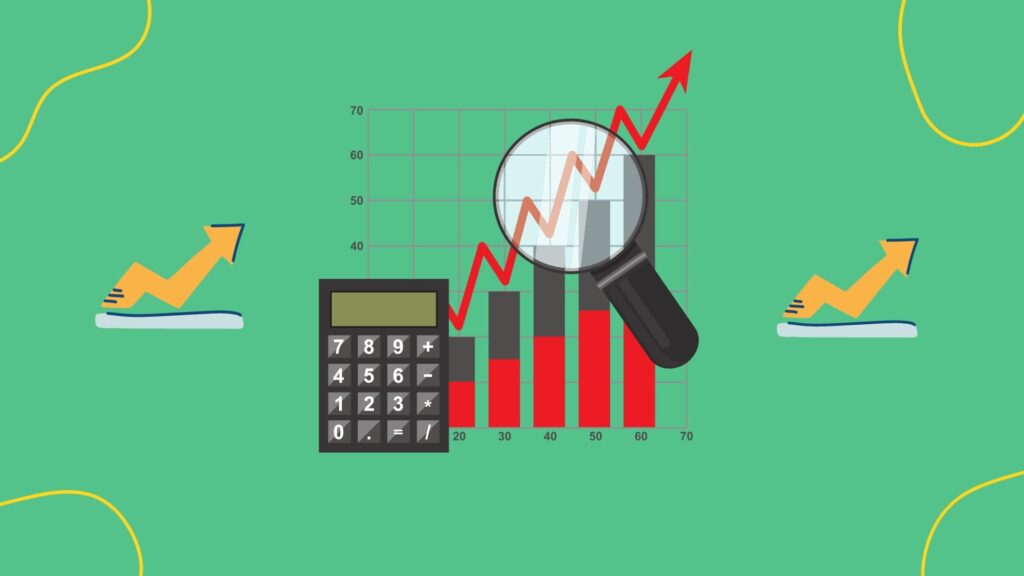
There are just two types of Stocks and Shares ISA that you can choose. These are:
Self-invested ISAs
These types of ISAs give you full control. You decide what to buy and sell, when, and how much for.
This option is great if you know what you’re doing and are willing to put time and effort into researching new investment opportunities. It does, however, mean it’s all on you.
If you’re new to investing, I wouldn’t start here. I would go into a managed fund, learn all I can and slowly transition into self-invested.
Expert Managed ISAs
This option is perfect for beginner investors as you rely on experts with lots of experience and skin in the game. You can put your money in and let someone else take care of it.
The fees here can be slightly higher than self-invested, but you get what you pay for at the end of the day.
Robo-advisors (AI-managed services) would also fall into expert managed because even though an algorithm manages the initial question and answer process, someone is still choosing what goes into the funds it spits out.
GIA vs ISA - Winner?
Having gone through both accounts, GIAs clearly have their uses, but they should be used complementary to a Stocks and Shares ISA.
Why would you pass up the chance to have tax-free gains? I certainly wouldn’t!
If you’ve maxed out your ISA contributions and want to keep investing, then sure, open a GIA but otherwise, do the right thing for your pockets.
One other way could be that you have an expert-managed ISA, and if that’s the case, then a GIA could be an excellent way to play around with learning individual stock picking.
This is a good training ground if you keep the amounts low enough so it doesn’t trigger any tax back.
FAQs
Can you have both a GIA and Stocks and Shares ISA?
Yes, you can have both. Experts suggest only opening a GIA if you have maxed out your yearly ISA contributions of £20,000. A Stocks and Shares ISA has a lot more tax benefits that will allow you to make and save more longer term.
Can I transfer a GIA to an ISA?
Yes, you can transfer your accounts over. Unfortunately, you would need to sell your investments before doing so, but moving your money is a simple process once you have one.
Be careful that the sale of your assets does not trigger any tax implications.
If you’re looking to transfer your ISA to another ISA provider you will need to initiate an ISA transfer. This is relatively simple but can take up to 3 weeks depending on your account.
Conclusion
So, in the battle of General Investment Account vs Stocks and Shares ISA – the winner is clearly an ISA.
There are apparent uses for a GIA, but GIAs should only be considered if you already have an ISA or want to play around with small amounts.
For those interested in opening a Stocks and Shares ISA, be sure to look into what type will work for you.
There are some great options available on the market, but each will allow you to invest in different things so do your research.
Share this article with friends
Disclaimer: Content on this page is for informational purposes and does not constitute financial advice. Always do your own research before making a financially related decision.
